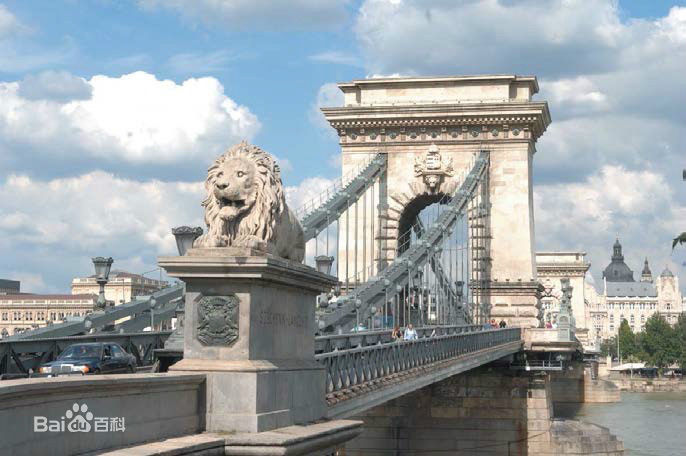 Location: Central Europe, northwest of Romania
Location: Central Europe, northwest of Romania
Population: 9,879,000 (2014 est.)
Land Area: 93,030 km2
Capital: Budapest
Main cities: Debrecen, Miskolc, Szeged
Languages: Hungarian
GDP: $130.248 billion (2013 est.)
Monetary unit: Forint
Exports: $89.3 billion f.o.b. (2013 est.)
Exports - commodities: machinery and equipment 61.1%, other manufactures 28.7%, food products 6.5%, raw materials 2%, fuels and electricity 1.6% (2003)
Exports - partners: Germany 29.5%, Italy 5.6%, France 5%, Austria 5%, UK 4.5%, Romania 4.2%, Poland 4.1% (2006)
Imports: $81.6 billion f.o.b. (2013 est.)
Imports - commodities: machinery and equipment 51.6%, other manufactures 35.7%, fuels and electricity 7.7%, food products 3.1%, raw materials 2.0% (2003)
Imports - partners: Germany 27.1%, Russia 8.2%, China 6.9%, Austria 6.2%, France 4.7%, Italy 4.6%, Netherlands 4.3%, Poland 4.3% (2006)
Land use:
arable land: 49.58%
permanent crops: 2.06%
other: 48.36% (2005)
Natural resources: bauxite, coal, natural gas, fertile soils, arable land
|
Copyright © 2003-2018 China Intellectual Property Magazine,All rights Reserved . www.chinaipmagazine.com 京ICP备09051062号 |
|
|


